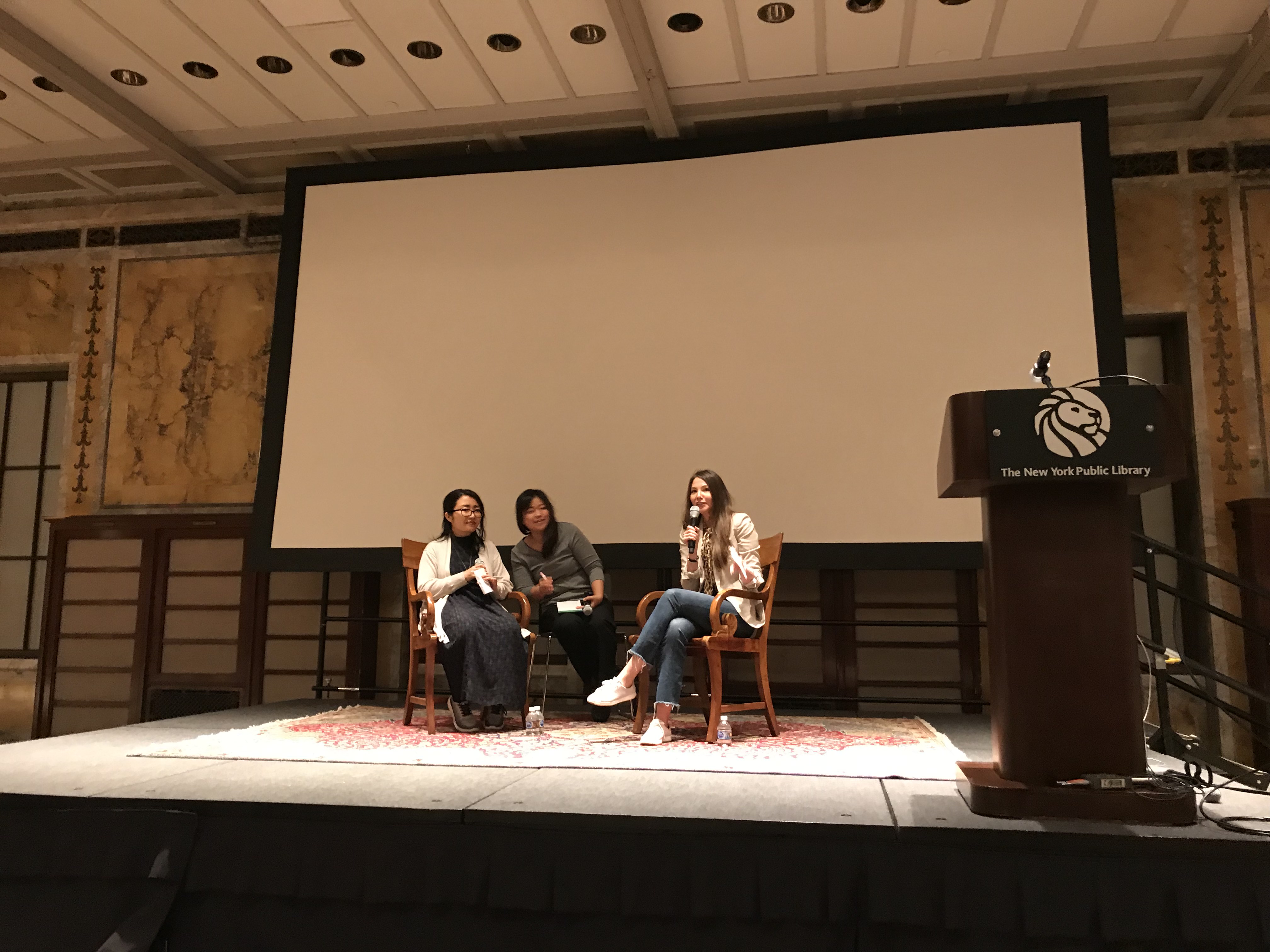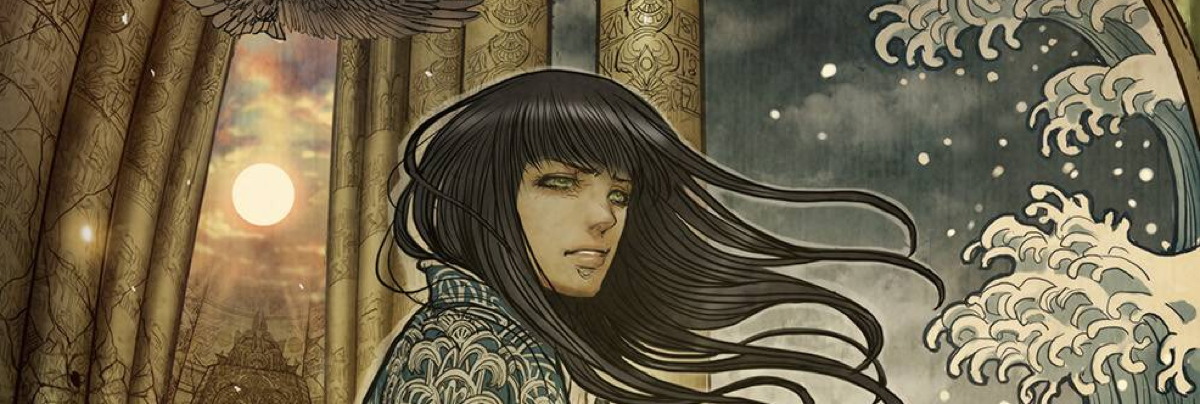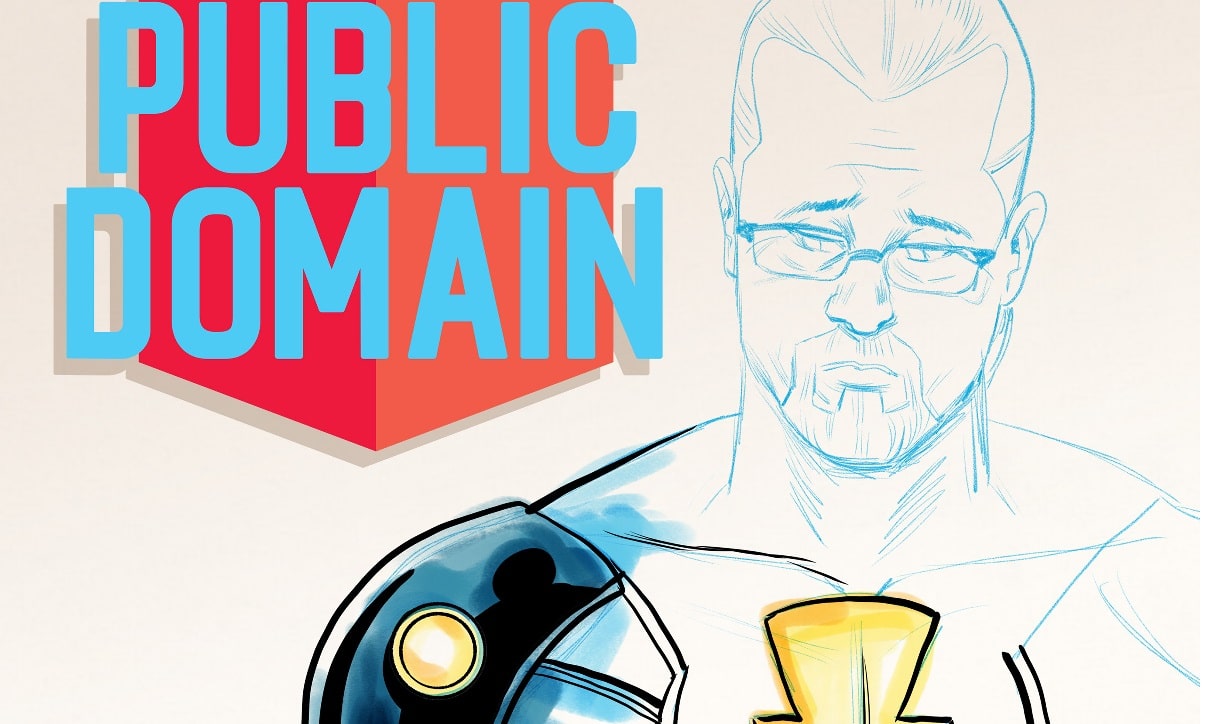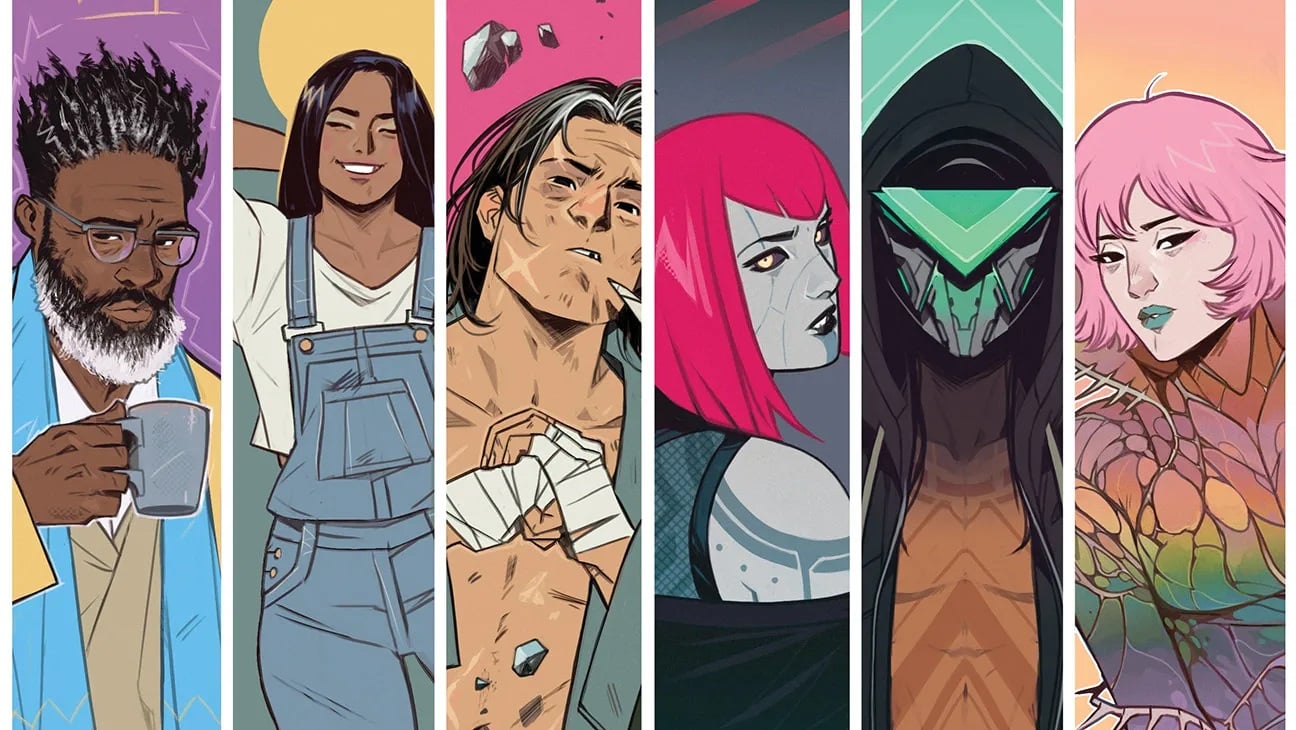
Kippa, the beloved fox-human side character in the critically-acclaimed fantasy comic Monstress, was never supposed to live.
Writer Marjorie Liu originally planned Kippa as a one-off character, expecting her to make an appearance in the first issue and then likely disappear forever. When Liu saw the design that her collaborator, artist Sana Takeda, created for Kippa, however, those plans changed immediately. Liu and Takeda shared this story Thursday at a panel about Monstress on the first day of New York Comic Con 2019.
“Sana’s design brought Kippa to life,” Liu told a packed room in the New York City Public Library on 5th Avenue, “and gave Kippa a soul. Kippa had to be in the book, because Kippa was alive.”
This was just one of many anecdotes that combined to paint Image Comics’ Monstress as an evolving creative deep dive, one that pulls from both of its creators’ pasts, as well as their psychologies and long-held concerns. This, of course, is inherent to many creator-owned comics, especially those as well-done as Monstress, but what set the panel at NYCC 2019 apart was how generously Liu and Takeda shared insights into the very personal subject matter.
For Liu, the work is in keeping with storytelling interests she’s had since high school, when she used to write “stories about monsters and girl warriors.” This is perhaps the most concise way to describe Maika Halfwolf, the comic’s main character. Liu also grew up in Seattle, the daughter of a Chinese father and white mother, spending weekends at her paternal grandparents’ laundromat in Vancouver. It was there she heard stark and honest stories about their experiences in World War II.
“It wasn’t exactly pleasant conversation for a child,” Liu said, noting there were times she heard about the deaths of their friends, or their experiences with near starvation.
The plot in Monstress quite heavily revolves around the aftermath of a massive war that has reshaped the reality of the world for normal people. It’s easy to draw a direct line from the stories Liu heard as a child to the 20-some issues of fantasy comics she’s written, netting multiple Eisner and Hugo awards. The last major influence Liu cited for the book was being a teen in the 1980s, when the Cold War hung heavily on the country and popular cinema revolved around apocalypse (Road Warrior, Escape from New York, etc.). On top of that, protagonists and love interests in that time period were almost uniformly white. Liu’s work has dealt with feelings resulting from the fear and disconnect those things caused within her throughout her career, although she said rarely has she been able to access her feelings as directly as she does in Monstress.
One clear insight into Takeda’s work on the book came when Liu revealed to the audience that her collaborator is self-taught. Takeda, a Japan-based illustrator who spoke with the aid of a translator, said in the process of teaching herself to draw, she learned to dive into her weaknesses and confront challenges.
Before working for Marvel Comics (where Liu and Takeda first collaborated on X-23), Takeda worked for Sega. She came to the company disinterested in racing or sports video games…which were her first assignments, and she did her best, saying she realized to some of her audience, sports and racing games were much loved. This applies to Monstress, because Takeda said she’s also never been good with drawing detailed imagery (which made someone behind me yell out “What?!” and a good portion of the rest of the audience voice surprise). Monstress is easily one of the most detailed comics in the direct market, from the cover to the back pages, all of which Takeda illustrates herself, seamlessly blending the Japanese culture she grew up with (anime and Final Fantasy influences are apparent) with stark touches of art deco design.
Phew. It was a lot, and an honest and almost-rare glimpse behind the curtain of intensely personal storytelling in comics. It wasn’t all heavy, though. Let’s get back to Kippa, the fox Takeda saved with her design work (which she credits to Liu giving her such wonderful detail about how characters act in her scripts, that the designs appear in her head as natural manifestations).
After Liu told that Kippa story, Takeda thanked her and said that was wonderful…and then noted that she can’t help but wonder if the characters she spends quite a bit time designing that get killed quickly, die because Liu dislikes their designs.
Liu laughed and said no, of course, reiterating that like the ancient creature that lives inside Maika Halfwolf in the story, the plot to Monstress often takes control.








